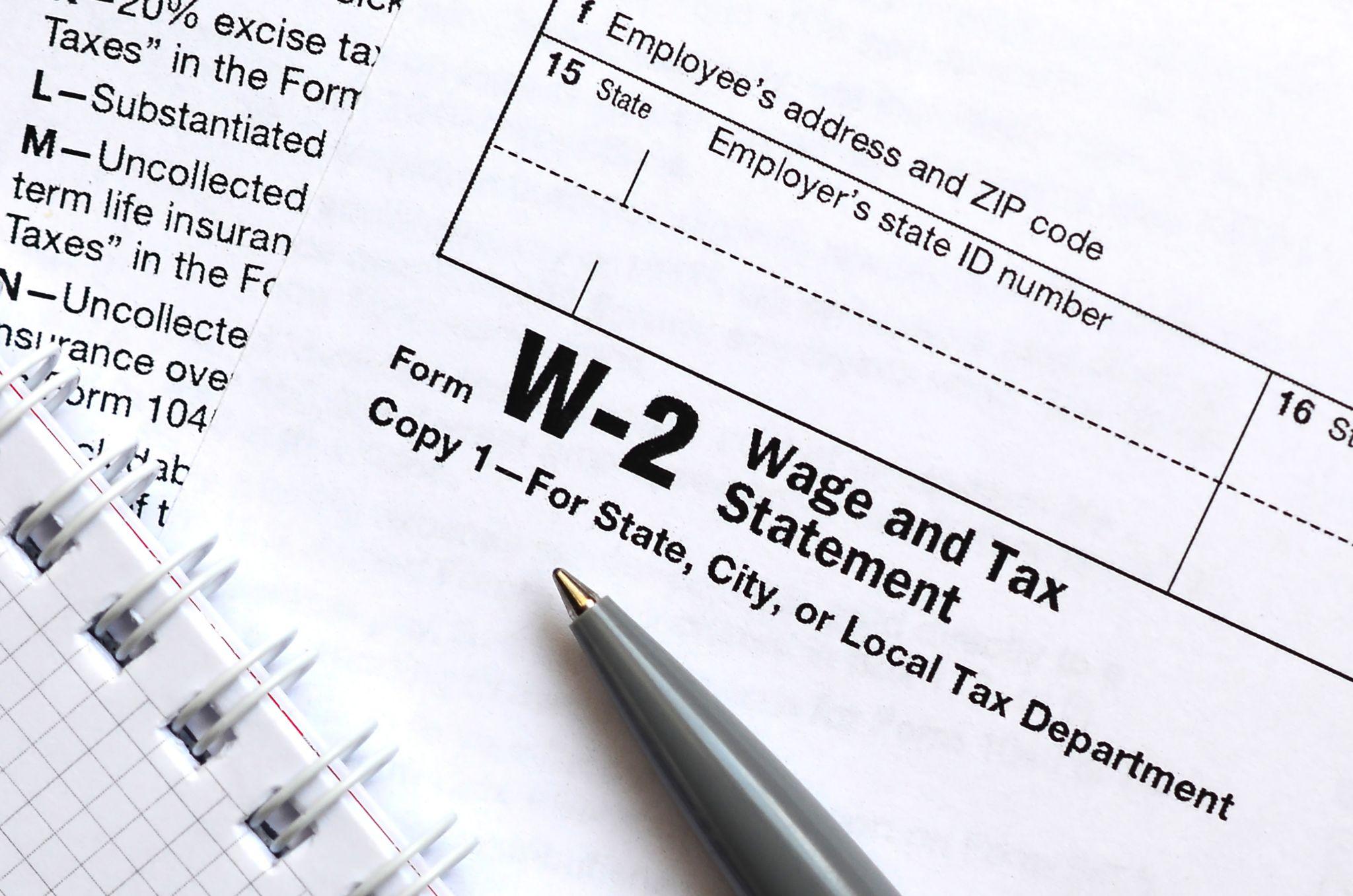
In California, wage statements play a critical role in maintaining transparency between employers and employees.
They are more than just a piece of paper or an electronic document showing pay. These statements serve as a detailed record that protects both parties, ensuring workers understand their earnings, deductions, and hours, while employers meet strict California wage statement requirements to stay compliant with the law.
California’s rules around wage statements go beyond many other states. The regulations are complex, with specific details required on every pay stub. Falling short can lead to costly pay stub violations California companies experience, including fines, lawsuits, and PAGA penalties.
Understanding these requirements is essential for business owners, HR teams, and payroll administrators.
At EquityHR, we have seen firsthand how confusing these rules can be for employers. That is why we help businesses keep their payroll processes clean, accurate, and compliant with California pay stub requirements—reducing risks and building trust with employees.
Key Takeaways
- California mandates detailed wage statements for every pay period, including employer and employee information, pay period dates, hours worked, rates, wages, and deductions.
- Non-exempt employees must have total hours worked and hourly rates (including overtime) clearly displayed.
- Common pay stub compliance errors include missing employer info, incomplete pay periods, and inaccurate deductions.
- Penalties for violations can be severe, including statutory fines under Labor Code Section 226 and escalating PAGA penalties.
- Regular wage statement audits and reliable payroll systems help businesses avoid costly mistakes.
- Partnering with experts like EquityHR can simplify compliance and protect your business from legal risk.
What Is a Wage Statement?

A wage statement, commonly known as a pay stub, is more than just a piece of paper (or an email) that comes with an employee’s paycheck.
It serves as a transparent record of exactly how much an employee earned during a specific pay period and shows all the deductions that reduced their take-home pay. This document plays a crucial role in payroll transparency, helping employees understand the breakdown of their wages and ensuring employers remain accountable.
In California, the law requires employers to provide detailed wage statements every pay period.
These statements must include specific information like hours worked, pay rates, gross and net wages, and itemized deductions, among other details. This level of detail is not optional — it’s part of California wage statement requirements designed to protect workers and maintain clarity in payroll processes.
To keep up with modern business needs, California allows wage statements to be delivered electronically, as long as employees have secure and easy access to view, print, or download them at no cost. This flexibility supports efficient payroll operations while ensuring full compliance with California pay stub requirements.
By providing detailed, accessible wage statements, employers build trust with their workforce and avoid the risks of pay stub violations in California that can lead to fines and legal trouble.
Mandatory Elements on a California Wage Statement
California law is clear about what must appear on every wage statement. Missing or incorrect details create risk.
1. Employer’s Name and Address
Every wage statement must clearly display the legal name of the business that pays the wages. This includes the official company name registered with the state.
California allows using a registered DBA (Doing Business As) name on pay stubs, but only if it is properly filed and recognized by the state. Using a DBA can help with branding or if the business operates under multiple names, but accuracy is crucial.
The wage statement must also include a current, accurate business address. This can be a physical office location or a mailing address, but it must be up to date and reflect where the employer can be reached.
Employers who omit this information, use informal business names, or list outdated addresses risk pay stub violations in California and face potential penalties.
Listing the correct legal entity and address not only meets California wage statement requirements but also provides employees with essential contact information for payroll or tax questions. It also strengthens record-keeping accuracy and reduces the risk of legal disputes.
2. Employee’s Name and Employee ID or Last Four Digits of SSN
California law requires wage statements to identify the employee receiving the pay clearly.
The employee’s full name must appear exactly as it is on company records. In addition to the name, employers must include either a unique employee identification number or the last four digits of the employee’s Social Security Number (SSN).
Using the last four digits of the SSN is a standard practice to help distinguish employees who might share the same name, especially in larger organizations. This identifier also helps with accurate payroll tracking, tax reporting, and verifying wages if questions arise.
Including this information on each wage statement is part of California pay stub requirements that promote clear, unambiguous identification of payments. Omitting or misstating the employee’s name or ID number can cause confusion and increase the likelihood of pay stub violations in California.
Proper identification protects both the employee and employer by ensuring pay details are correctly matched to the right person.
3. Pay Period Dates
One of the most frequently overlooked but important details in California wage statement requirements is the clear and consistent listing of pay period start and end dates. Each wage statement must specify the exact dates that the paycheck covers, such as “March 1 to March 15,” rather than vague terms like “biweekly” or “monthly.”
Precise pay period dates help employees understand when their wages were earned and avoid confusion over which work period the payment corresponds to. This clarity reduces disputes about late or missing pay and improves transparency in payroll processes.
Employers must ensure that the same pay period dates format appears consistently across all wage statements. Inconsistent or missing pay period information is a common cause of pay stub violations in California, which may lead to PAGA penalties.
Meeting this requirement is a key part of maintaining strong pay stub compliance in California and fostering trust with employees.
4. Gross Wages and Net Wages

Wage statements must clearly show two critical figures to meet California wage statement requirements: gross wages and net wages.
Gross wages represent the total amount an employee earned before any deductions, including regular pay, overtime, bonuses, and commissions.
This figure gives employees a full view of their earnings during the pay period. Net wages, on the other hand, show the final take-home pay after all deductions such as taxes, insurance premiums, and other withholdings are subtracted.
Presenting both numbers transparently helps employees verify the accuracy of their pay and understand exactly how deductions affect their paycheck.
Failure to clearly display gross and net wages on pay stubs is a frequent source of pay stub violations in California. Automated payroll systems sometimes misalign these numbers, causing errors that can expose employers to fines and PAGA penalties. Ensuring this transparency supports overall pay stub compliance in California and employee confidence.
5. Total Hours Worked
For non-exempt employees, the total number of hours worked during the pay period must be included on the wage statement to satisfy California wage statement requirements.
This helps employees track their work time and confirms that overtime or additional hours are properly recorded.
Exempt employees, who are typically salaried and not eligible for overtime, do not need hours listed on their pay stubs. However, employers still must keep accurate internal records of hours if relevant to their policies or state laws.
Missing or inaccurate hours worked is a common form of pay stub violations California businesses face that can trigger disputes or wage claims. This omission often leads to costly PAGA penalties. Providing detailed hours worked is therefore vital for clear payroll communication and maintaining strong pay stub compliance in California.
6. All Applicable Hourly Rates
A detailed wage statement must include all applicable hourly rates. This means showing the regular hourly rate, overtime rate, and double-time rate when relevant.
Each rate should be accompanied by the number of hours worked at that rate, rather than combining all hours or pay into one total figure. For example, if an employee worked 40 hours at a regular rate and 5 hours of overtime, the pay stub should clearly list both the rates and the corresponding hours.
Failing to break down pay by rate can cause confusion and lead to disputes about how wages were calculated. Providing this breakdown helps employees understand their compensation fully and ensures payroll transparency.
7. Deductions
Wage statements must itemize every deduction made from an employee’s gross wages.
Simply showing a lump sum for total deductions is not sufficient. Common deductions include federal and state taxes, Social Security and Medicare, health insurance premiums, wage garnishments, and retirement or pension contributions.
Listing these separately gives employees full insight into where their earnings are allocated.
Errors or missing deductions can create confusion, trigger audits, and lead to legal claims. Clear, detailed deductions on pay stubs promote transparency and help maintain accurate payroll records.
8. Paid Time Off (PTO) and Sick Leave Balances
Employers are required to show current available balances for accrued paid leave, such as Paid Time Off and sick leave, on wage statements.
This allows employees to keep track of how much leave they have earned but not yet used.
Including the hourly rate used to calculate PTO payouts is recommended for better clarity, helping employees understand the monetary value of their accrued leave.
Leaving out PTO or sick leave balances can cause misunderstandings or disputes. Providing accurate leave information on wage statements supports transparency and clear communication.
9. Vacation Accruals
For businesses that offer vacation time, accrued vacation balances must be displayed on each wage statement, typically shown in hours or days. Accurate tracking and reporting of vacation accruals help prevent disagreements over unused vacation during employment or at separation.
Employers who fail to properly display this information risk creating confusion and possible disputes.
Clear vacation accrual details build trust by keeping employees informed about their earned benefits and contribute to transparent payroll practices.
Common Wage Statement Violations

Even well-meaning employers can slip up on California wage statement requirements. These mistakes are common but avoidable with the right systems in place. Here are the most frequent pay stub violations California businesses see from time to time.
Missing Employer Information
It’s surprisingly common for pay stubs to omit the legal business name or address.
Some employers use an informal name (like “Joe’s Diner” instead of “Joe’s Diner LLC”) or forget to update their address after a move. If you use a DBA, ensure it’s registered and listed correctly.
Missing or incorrect details violate Labor Code Section 226 and can lead to PAGA penalties.
Incorrect or Incomplete Pay Period Dates
Pay stubs must clearly state the pay period’s start and end dates.
Labels like “biweekly” or “Pay Period 1” are too vague and non-compliant. Errors here can confuse employees about when they earned their wages, opening the door to disputes or audits. This is a simple fix that can save you from pay stub violations in California.
Failure to Display Total Hours Worked
Non-exempt employees must have their total hours worked listed on every pay stub. Forgetting this detail, even once, is a serious violation of California pay stub requirements.
It’s not enough to show total pay—employees and regulators need to see the hours behind it. This is especially critical for businesses with hourly workers.
Missing or Misreported Hourly Rates
Pay stubs must break down every hourly rate and the hours worked at each. A stub that shows only total earnings (e.g., “$1,000”) without detailing rates (e.g., “40 hours @ $20, 5 hours @ $30”) is non-compliant.
This mistake can lead to employee complaints and PAGA penalties, especially if rates are misreported.
Incorrect or Omitted Deductions
Deductions must be itemized clearly.
A single line like “Deductions: $300” won’t suffice—you need to list each one, such as “Federal Tax: $150, Health Insurance: $100, Garnishment: $50.” Inaccuracies or omissions here can trigger audits or employee claims, jeopardizing pay stub compliance in California.
Failure to List Accurate Net and Gross Wages
Both gross and net wages must be accurate and clearly displayed. Errors here—whether from manual mistakes or faulty payroll software—can make it look like you’re underpaying employees.
Source: Department Of Industrial Relations
Penalties for Non-Compliance
Failing to meet California wage statement requirements exposes employers to stiff penalties. Two major penalty sources apply.
Labor Code Section 226(e) Penalties
Labor Code Section 226 sets statutory penalties for wage statement violations:
- $50 for the first violation per employee.
- $100 for each subsequent violation per employee.
- Total penalties capped at $4,000 per employee.
Employees can also recover reasonable attorney’s fees and costs if they prevail in a claim.
Private Attorneys General Act (PAGA) Penalties
Under PAGA, employees can bring representative actions on behalf of themselves and others.
PAGA penalties for wage statement violations include:
- $100 per employee per pay period for initial violations.
- $200 per employee per pay period for subsequent violations.
Because these penalties apply per pay period, they can add up fast and become financially overwhelming.
Source: Labour and Workforce Developmen Agency
Best Practices for Compliance
At EquityHR, we recommend these steps to stay current on wage statement laws and avoid pay stub compliance issues in California.
- Conduct regular audits of your wage statements to catch errors early.
- Use reliable payroll software designed for California compliance.
- Consider partnering with a PEO like EquityHR to manage payroll accurately.
- Provide training to HR and payroll staff on current wage statement requirements.
- Maintain clear documentation and records to support compliance efforts.
Taking proactive measures builds trust with your employees and shields your business from costly legal risks.
How EquityHR Can Help?
EquityHR specializes in payroll management designed to meet all California wage statement requirements.
We provide:
- Expert handling of wage statements, ensuring all mandated elements are included.
- Automated, up-to-date payroll processes that reduce human error.
- Compliance checks and audits to identify and correct potential violations.
- Support navigating complex payroll regulations and PAGA penalties.
- Peace of mind so you can focus on growing your business.
If you want to reduce risk and ensure your payroll meets all legal standards, connect with us at EquityHR Payroll Management.
How ready is your business for California wage statement compliance?

Complying with California’s wage statement laws goes beyond ticking a box. Accurate and detailed pay stubs build trust with your employees and protect your business from pay stub violations in California and costly PAGA penalties.
Taking action today—through regular wage statement audits, ongoing staff training, and working with payroll experts like EquityHR—positions your business to meet California pay stub requirements smoothly and confidently.
If you want tailored guidance and payroll solutions that ease your compliance burden and keep your team informed, EquityHR stands ready to support you every step of the way. Visit us at EquityHR Payroll Management to learn more.
FAQs
1. What are the penalties for not complying with California wage statement laws?
Non-compliance can lead to pay stub violations in California, with penalties under Labor Code Section 226(e) of $50 for the first violation and $100 for each subsequent one, up to $4,000 per employee. PAGA penalties can add $100-$200 per employee per pay period.
2. Can I use electronic pay stubs in California?
Yes, electronic pay stubs are allowed as long as employees can easily access and print them, ensuring pay stub compliance in California.
3. What happens if I miss one element on a pay stub?
Missing any of the nine required elements violates California wage statement requirements, potentially leading to fines, lawsuits, or PAGA penalties.
4. How often should I audit my pay stubs?
Conduct monthly audits to catch errors early and ensure compliance. Regular checks prevent costly pay stub violation fees.
5. How can EquityHR help with wage statement compliance?
EquityHR offers payroll management services to ensure you meet California pay stub requirements and reduce the risk of violations. Contact us for support.





